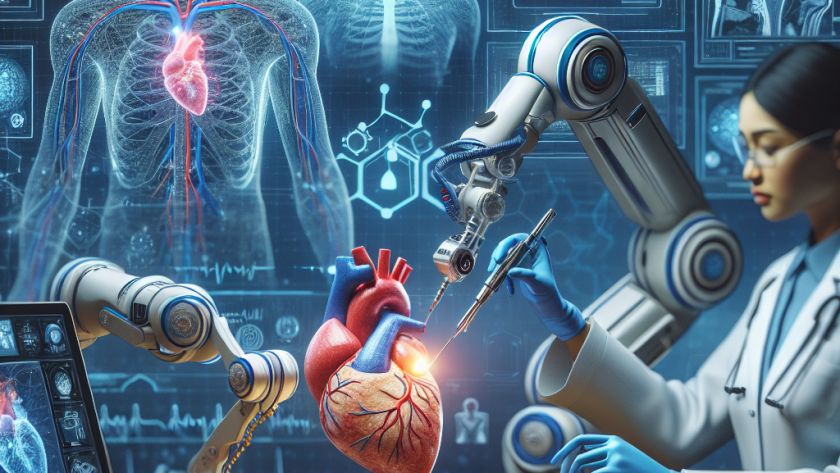Interpreting the functions and behaviors of large-scale neural networks remains a complex task and a significant challenge in the field of Artificial Intelligence. To tackle this problem, researchers from MIT's Computer Science and Artificial Intelligence Laboratory (CSAIL) have developed a strategy that uses AI models to investigate the computations inside other AI systems.
Central to this…












